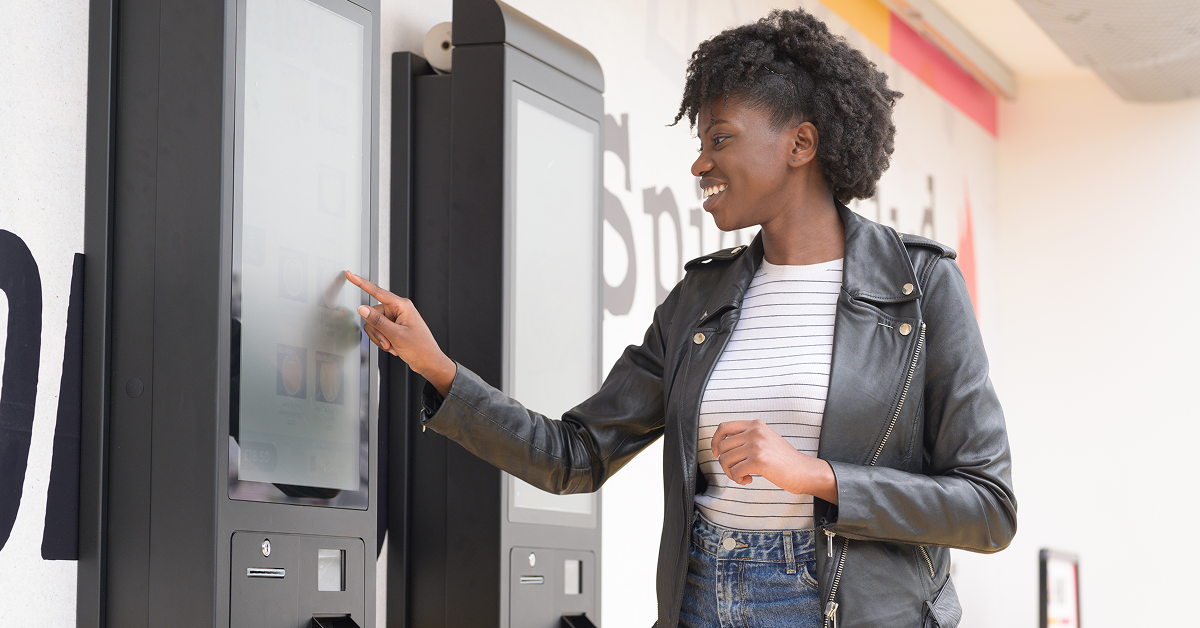
What the European Accessibility Act (EAA) means for self-service kiosks and guest experience
From 28 June 2025, the European Accessibility Act (EAA) introduces new legal requirements for...

From 28 June 2025, the European Accessibility Act (EAA) introduces new legal requirements for...

Last Friday marked a special moment for all of us at Evoke Creative, as we proudly handed over a...
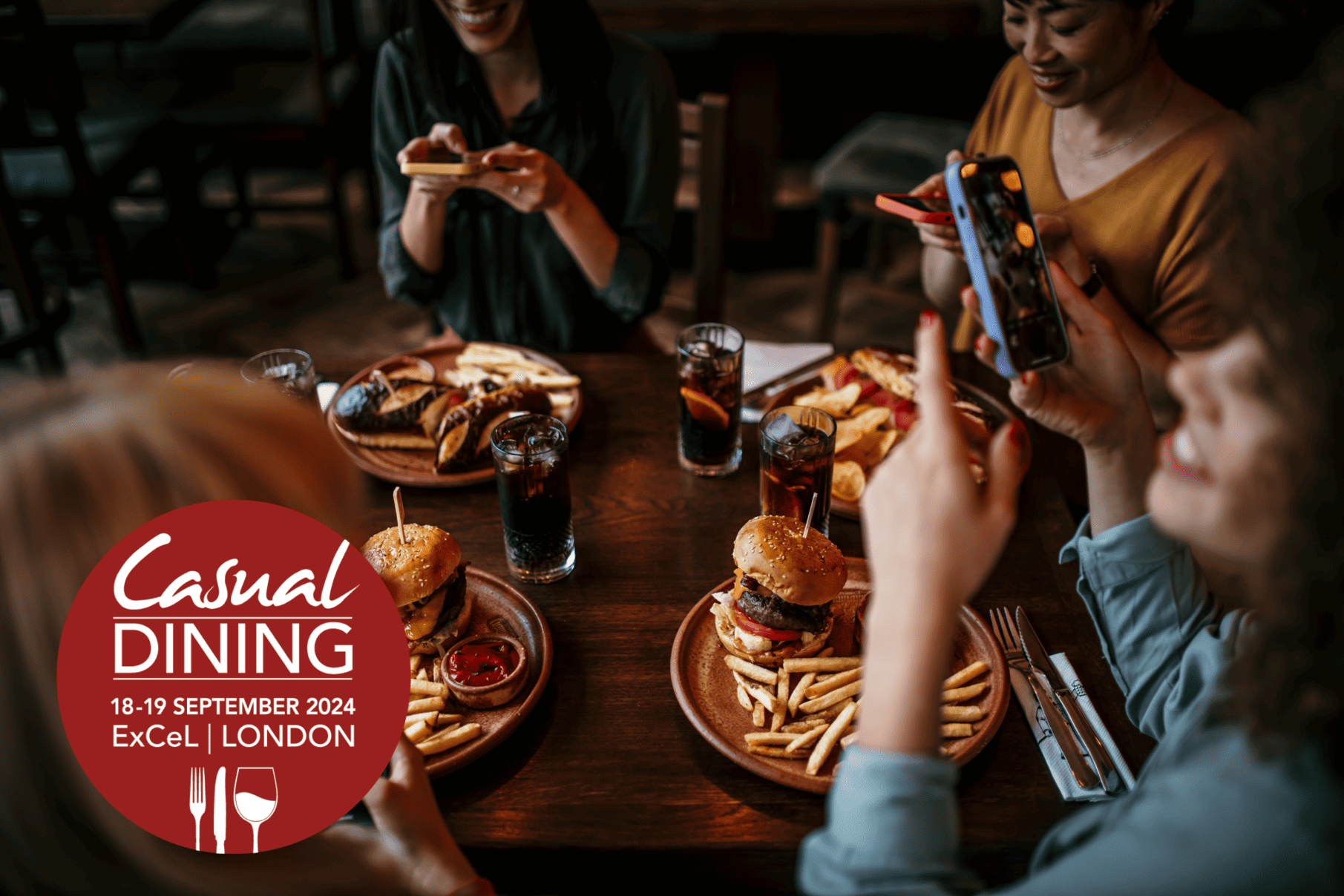
Evoke has long been recognised as one of the pioneers of self-serve technology in the QSR space,...
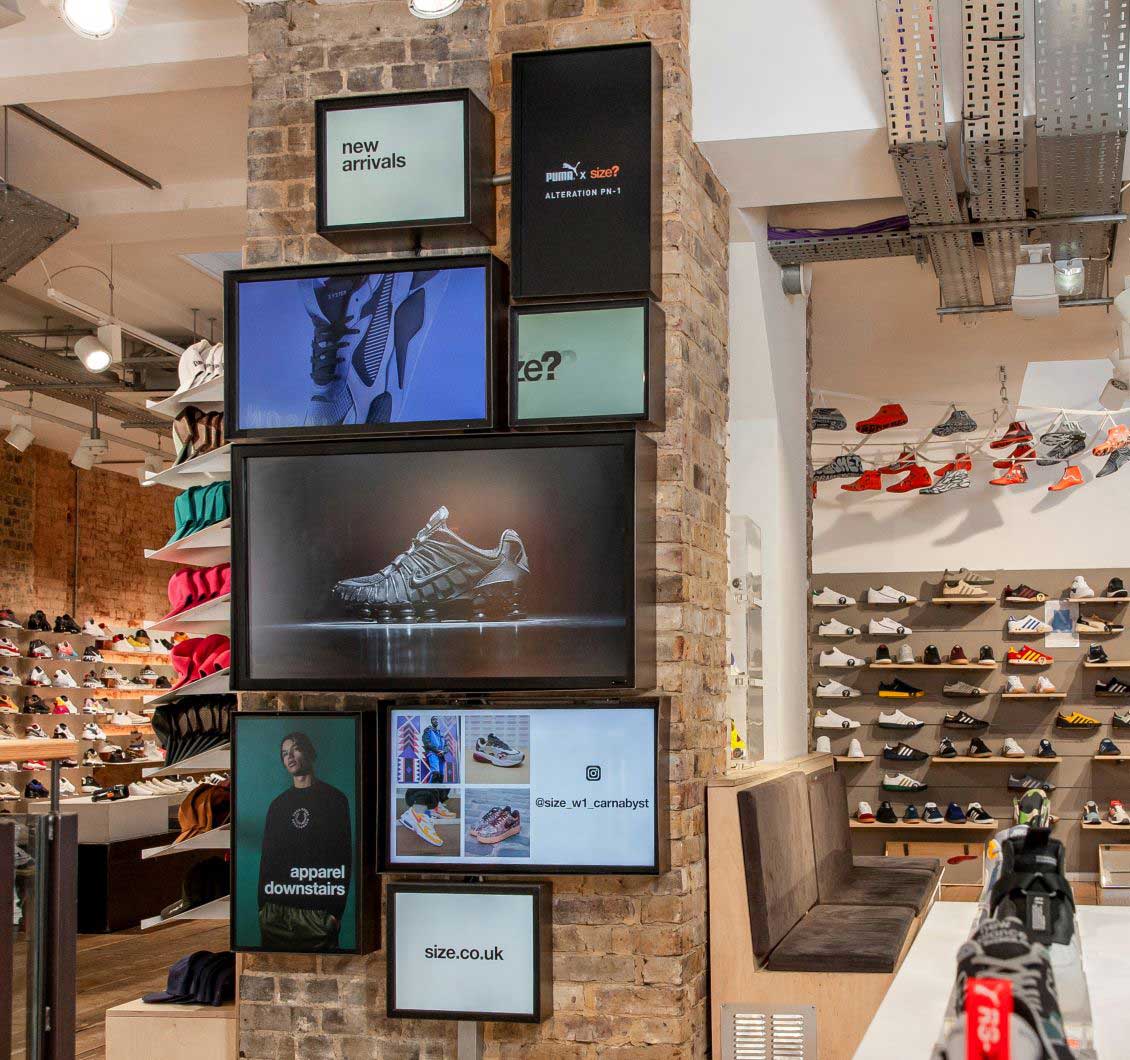
In a hugely competitive sector, creating a truly unique retail customer experience can be the...
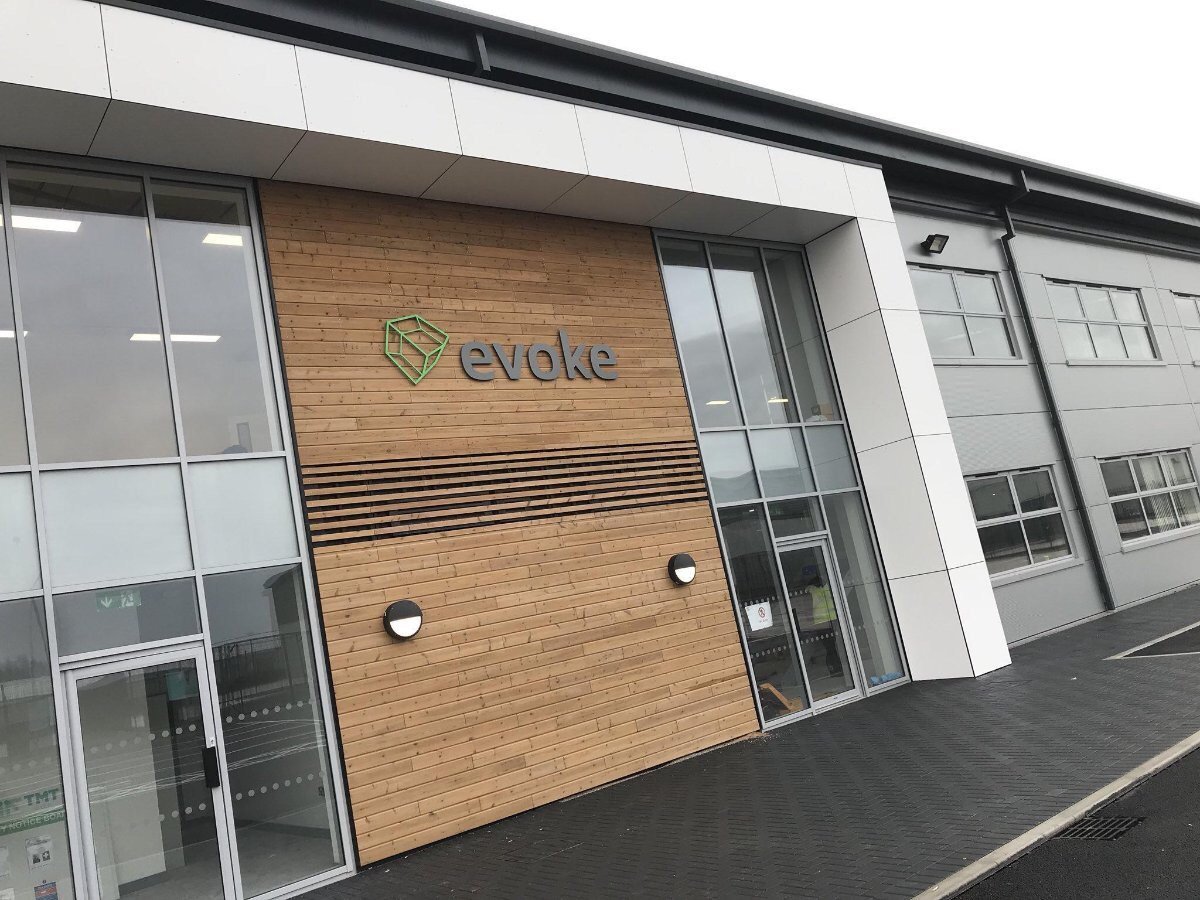
12 December 2023: BGF, one of the largest and most experienced growth capital investors in the UK...
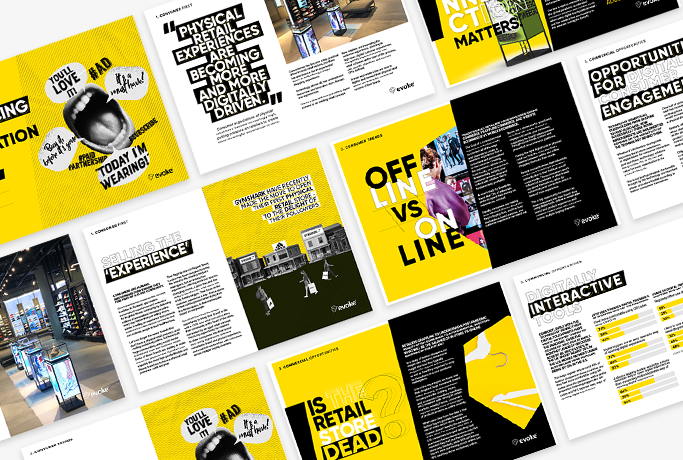
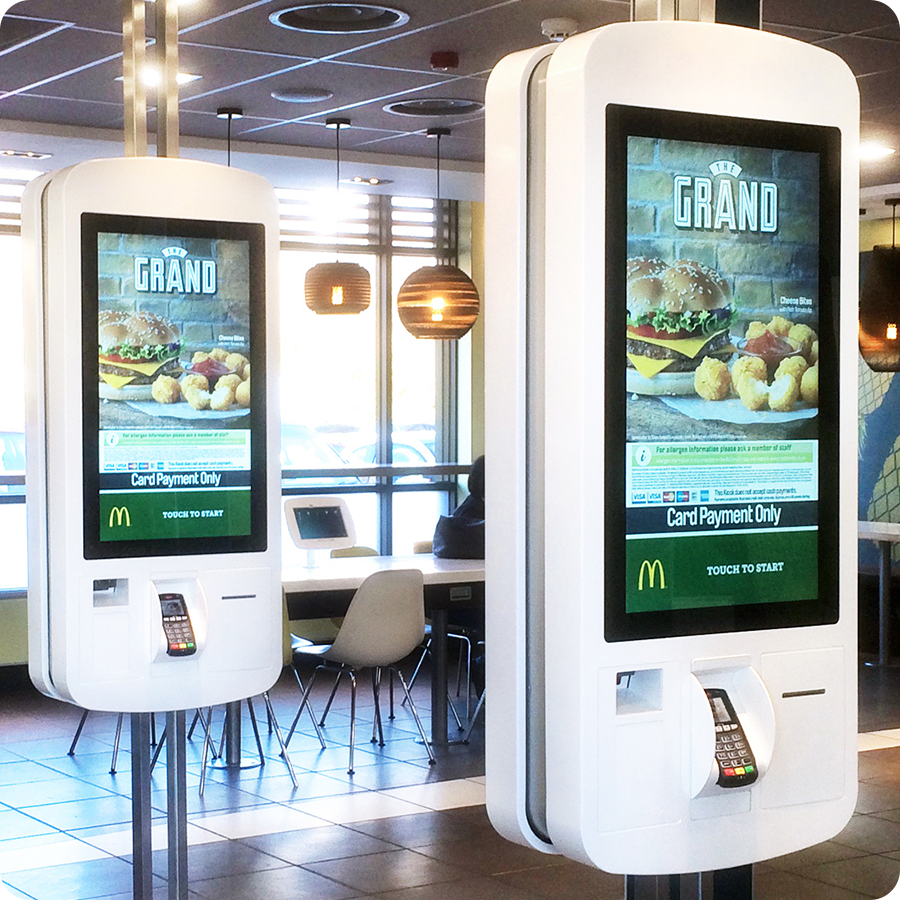
Since 2020, the hospitality sector has faced arguably the most challenging macro environment for...
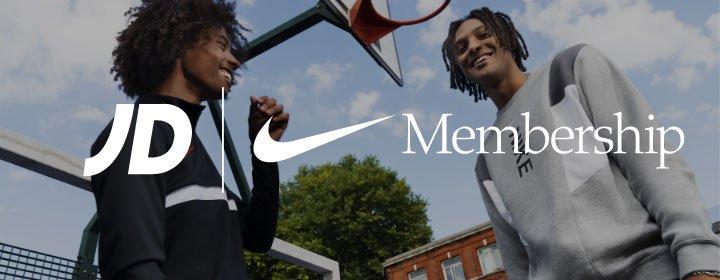
JD Sports has announced a new partnership with Nike which will see the duo collaborate on a...
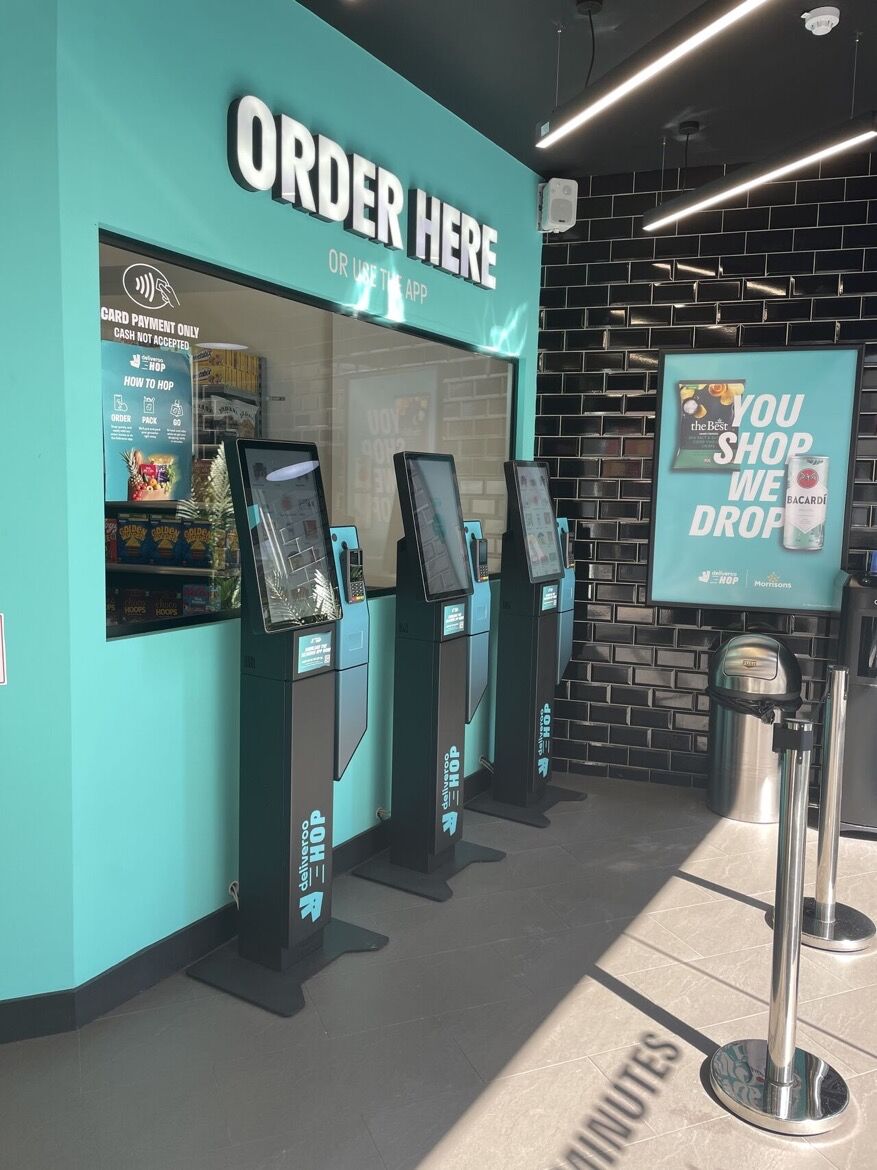
Deliveroo has launched a new rapid grocery delivery service. ‘Deliveroo Hop’ will operate from...